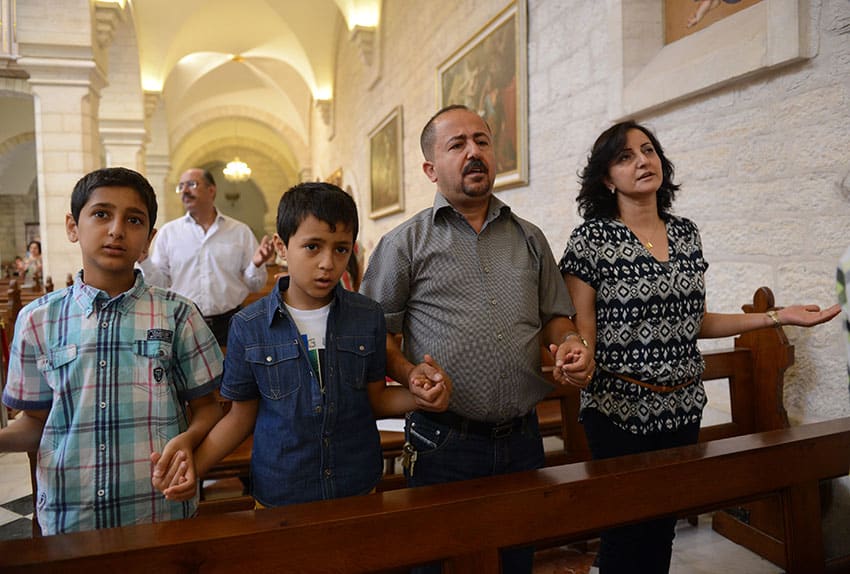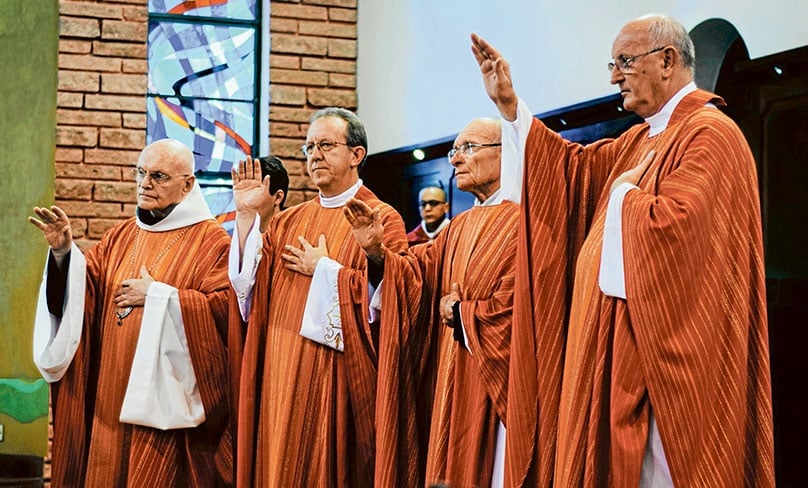
The Plenary Council discussions haven’t yet engaged with our demographic problems – even though the Final Report from Phase 1 said (p.1) that the national decline in Mass attendance was partly why the Plenary Council was called.
There’s been a lot of chatter in Boomer circles around alleged clergy shortages which apparently need replacing with salaried lay leaders, ordained married men, and ordained women.
If my mailbox is any indication, the people agitating the most loudly seem to want these jobs for themselves.
They have a (literally) vested interest, and they’re anxious to push ahead and shush anyone who says otherwise.
And yet we don’t have a priest shortage in Australia – we have a priest distribution problem. You only need to factor in the practicing Catholic population, not the other 90 per cent who couldn’t care less. Practicing Catholics actually want access to the sacraments on a regular basis.
I’m using two sets of public data – the National Centre for Pastoral Research (NCPR) 2016 figures, and a website called Catholic Hierarchy (CH). T
hey don’t quite match, but they’re all I’ve got. If you want a priest handy, the very best diocese in Australia is Broome – it’s huge in area, but there’s one priest to every 70-120 practicing Catholics. Geraldton (huge), Port Pirie (huge), Hobart (medium), and Cairns (huge) are also good.
The worst places are Parramatta (tiny), Sale (medium), and Melbourne (medium). Their priest-to-practicing -Catholic ratios are all around the one to every 300 mark. Remember that 120 people is a not-too-crowded Sunday Mass.
In Perth (huge), where I live, it’s one priest to every 223-244 practicing Catholics.
These are first-world problems. In Nigeria, there’s one priest for around every 11,000 practicing Catholics.

In Vietnam, there’s one priest for every 2,300 practicing Catholics. Even in Italy, there’s only one for every 400 or so practicing Catholics.
So far, the Plenary Council papers seem to have focused on calls for multiple alternatives to celibate priestly ministry – but with no evidence to support this focus.
One could speculate that this reflects a tragic lack of vision among Catholics, or a not-too-subtle agenda being pushed to sideline priests.
Let’s assume it’s just lack of vision. If you believe that existing parishes and dioceses need to stay exactly as they are, then you’ll panic when you see the numbers thinning out.
If you can think outside the box, you’ll calm down and see that there’s no shortage of priests in Australia.
We just need to get the existing priests reorganised to where the practicing Catholics are. This calls for good local bishop-ing.
The anti-clerical agenda has been pushed by a few loud voices on the fringe of the Church since the 1970s.
The idea is to make the Catholic Church as similar to non-Catholic churches as possible. I’m not sure why, because their churches are even emptier.
Our Church leadership really needs to start looking at the numbers. Realistically, we can look forward to a tiny cohort of practicing Catholics by 2050 – but we’ll still have plenty of priests.
Related
